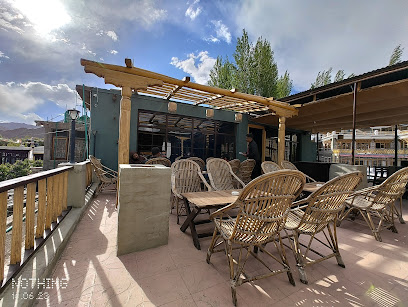
The Tranquil Beauty of Mani Wall
Experience the serene beauty and spiritual significance of the Mani Wall in Leh, a must-visit destination for culture enthusiasts and nature lovers alike.
Nestled in the serene landscapes of Leh, the Mani Wall is a mesmerizing sight for travelers. This sacred site, adorned with intricately carved stones, reflects the rich spiritual heritage of the region. Visitors are drawn to its peaceful ambiance, making it a must-visit destination for those exploring Ladakh's unique culture and traditions.
A brief summary to Mani Wall
- Mani Wall, Leh, 194101, IN
- +911123715084
Local tips
- Visit early in the morning or late afternoon for the best light for photography.
- Take time to walk around and absorb the peaceful atmosphere; it's a perfect spot for meditation.
- Respect local customs; it’s customary to walk clockwise around the Mani Wall.
- Bring a small offering if you wish to make a prayer at the wall.
- Dress modestly and be mindful of the local culture while visiting.
Getting There
-
Walking
Starting from the Leh Main Bazaar, head north towards the Fort Road (also known as Leh-Khardungla Road). This road will take you through the bustling market area where you can find various shops and eateries. Continue walking straight until you reach the intersection with the Chubi Road. Turn left onto Chubi Road and walk for about 15 minutes. You will see the entrance to the Mani Wall on your right side, marked by traditional stone carvings and prayer flags. The Mani Wall is a beautiful sight, showcasing intricate designs and spiritual significance.
-
Walking
Alternatively, if you are near the Shanti Stupa, you can start your journey from there. From the Shanti Stupa, walk down the hill towards the Leh Palace. Once you reach the base of the palace, follow the road that leads to the Leh-Khardungla Road. Turn right onto this road and continue straight for about 20 minutes. The Mani Wall will be located on your left side, easily identifiable by its unique structure and surroundings.
-
Walking
If you are near the Leh Palace, you can also choose to walk through the local neighborhoods. Begin at the Palace, walk down towards the main road, then head left onto Fort Road. Continue along this road until you reach the Mani Wall, which will be on your right side after about 15 minutes of walking. This route provides a glimpse into local life and the unique architecture of Leh.
Discover more about Mani Wall
Iconic landmarks you can’t miss
Bus Stand LBOC Ltd Leh
0.3 km
Explore the majestic landscapes of Leh, Jammu and Kashmir, starting your journey at the vibrant Bus Stand LBOC Ltd, the gateway to the Himalayas.
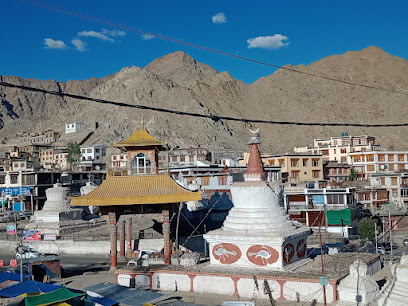
Leh Ladakh Bike Trip
0.3 km
Discover the breathtaking landscapes of Leh Ladakh on an unforgettable bike trip through the majestic Himalayas, exploring culture and adventure at every turn.
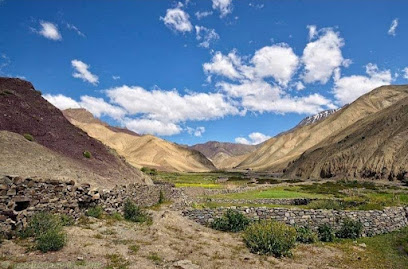
Leh Ladakh
0.3 km
Explore Leh Ladakh's stunning landscapes, rich culture, and thrilling adventures, a perfect destination for every traveler seeking a unique experience.
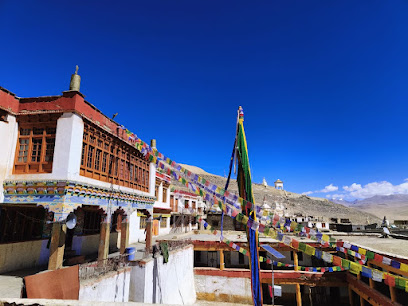
Ladakh Travels Mart
0.4 km
Discover the majestic landscapes, rich culture, and unforgettable adventures with Ladakh Travels Mart, your trusted travel partner in Ladakh.

Barida Tours & Travels
0.4 km
Explore the breathtaking landscapes and rich culture of Leh, Ladakh with Barida Tours & Travels, your trusted travel agency for unforgettable adventures.

The Grand Dragon Ladakh
0.4 km
Experience luxury and authentic Ladakhi hospitality at The Grand Dragon Ladakh, your gateway to the majestic landscapes of Leh.
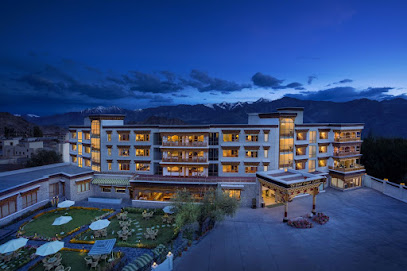
Ladakh Juniper tour and travel
0.5 km
Embark on a breathtaking journey through Ladakh with Juniper Tour and Travel, offering tailored tours to experience the beauty and culture of this Himalayan paradise.

Ladakh Network Tours
0.6 km
Discover the breathtaking beauty and rich culture of Ladakh with personalized itineraries from Ladakh Network Tours, your expert travel partner.

Leh Ladakh Journey
0.6 km
Explore Leh Ladakh's breathtaking landscapes and rich culture with Leh Ladakh Journey, your trusted travel agency in the heart of Ladakh.

Whole Ladakh Adventure
0.6 km
Discover the breathtaking landscapes and rich cultural heritage of Ladakh with Whole Ladakh Adventure, your premier travel agency for unforgettable experiences.

Ladakh Tourister (INDIA)
0.6 km
Experience the breathtaking landscapes and rich culture of Ladakh with expert guidance from Ladakh Tourister, your trusted travel agency.
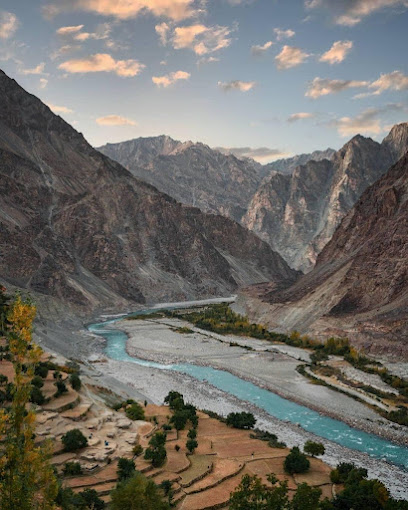
Tiri Ratna Tour and Travel
0.6 km
Discover the breathtaking landscapes and rich culture of Ladakh with Tiri Ratna Tour and Travel, your trusted travel agency in Leh.
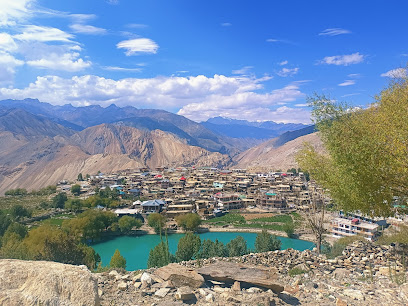
HALL OF FAME
0.6 km
Discover the Hall of Fame in Leh, a historical landmark that honors the valor of Indian soldiers amidst breathtaking Ladakhi landscapes.

Enchanting Ladakh
0.6 km
Experience the tranquil beauty and rich culture of Ladakh at Enchanting Ladakh, your perfect retreat amidst stunning Himalayan landscapes.
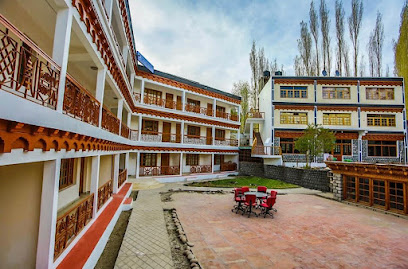
The lungta adventure travel Ladakh
0.6 km
Discover the breathtaking landscapes and rich culture of Ladakh with The Lungta Adventure Travel, your gateway to unforgettable adventures in the Himalayas.
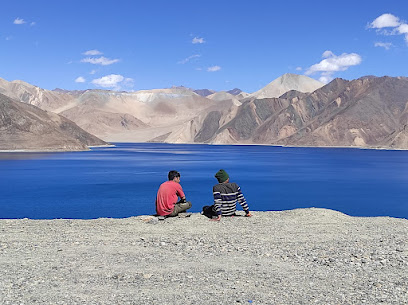
Unmissable attractions to see
Stok Kangri
0.6 km
Discover the breathtaking beauty of Stok Kangri, an iconic peak in the Himalayas, perfect for adventurous travelers seeking unforgettable trekking experiences.
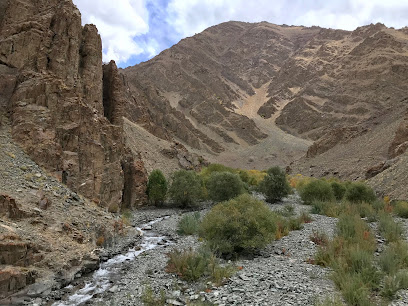
Karakoram (Nubra Shyok) Wildlife Sanctuary
0.6 km
Explore the breathtaking Karakoram (Nubra Shyok) Wildlife Sanctuary, a serene haven filled with stunning landscapes and diverse wildlife in Ladakh.

Gyal dg
0.6 km
Explore the breathtaking landscapes and rich culture at Gyal dg, a serene tourist attraction in Ladakh that captivates every traveler.

Indus viewpoint
0.6 km
Experience the breathtaking beauty of Indus Viewpoint in Leh, where nature's splendor meets serene landscapes for an unforgettable travel experience.
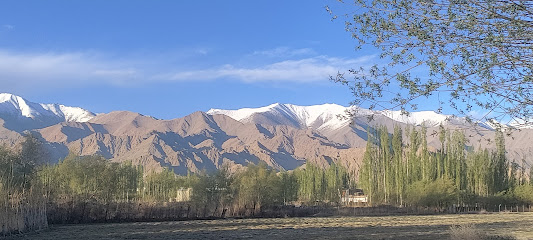
Guphuks view point
0.6 km
Discover the breathtaking views at Guphuks View Point, a serene tourist attraction in Leh, India, perfect for nature lovers and photographers.
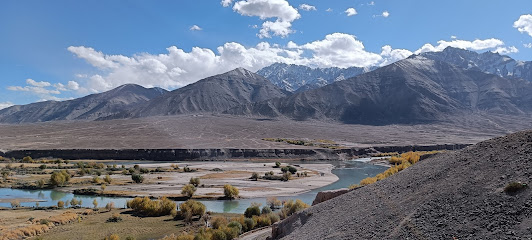
Milkha Point ATV bike Ride Nubra Valley
0.6 km
Discover the thrill of ATV biking at Milkha Point in Nubra Valley, where adventure meets stunning natural beauty in Ladakh.
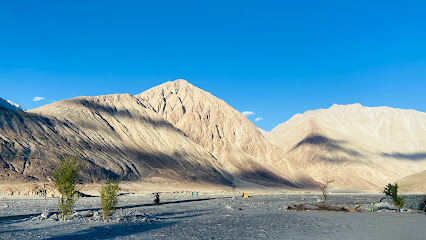
Leh
0.6 km
Explore Leh, the majestic Himalayan town blending culture, adventure, and breathtaking landscapes for an unforgettable travel experience.
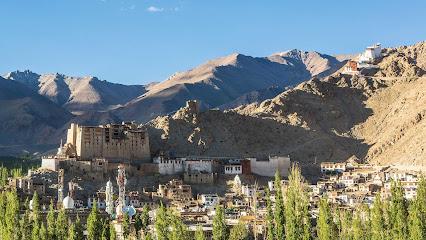
Yangthan
0.6 km
Explore the breathtaking hiking trails of Yangthan in Ladakh, where nature's beauty meets cultural richness for an unforgettable adventure.
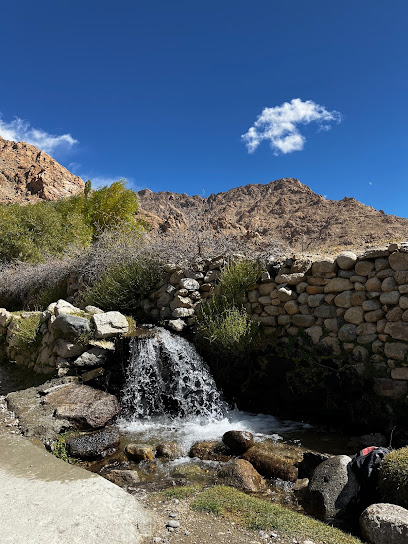
War Memorial Statue Leh
0.7 km
Explore the War Memorial Statue in Leh, a heartfelt tribute to Indian soldiers, surrounded by stunning Himalayan scenery, perfect for reflection and remembrance.
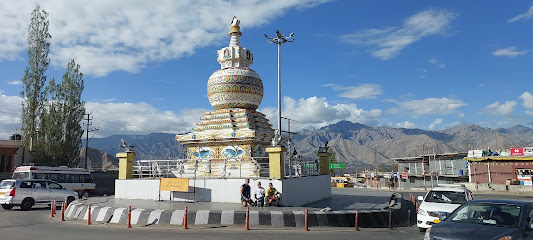
Col Chhewang Rinchen MVC,**SM Memorial Park
0.8 km
Explore Col Chhewang Rinchen MVC Memorial Park in Leh, Ladakh—an evocative tribute to bravery amidst stunning Himalayan scenery.
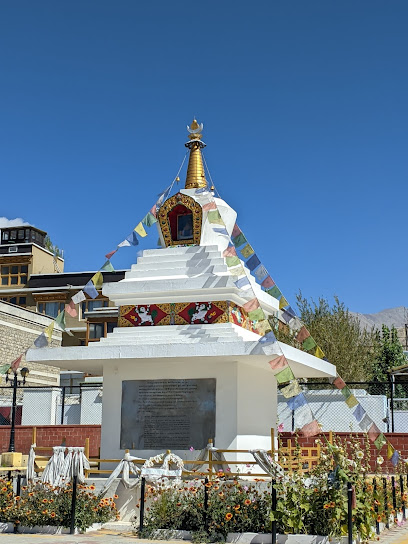
THE ZANSKAR
0.8 km
Experience the breathtaking beauty of Zanskar Valley, a cultural and adventurous paradise in the heart of Leh, India.

Nawang Dorjay Stobdan Memorial Stupa
0.9 km
Explore the tranquil Nawang Dorjay Stobdan Memorial Stupa in Leh, Ladakh—where serenity meets rich cultural heritage amidst stunning Himalayan views.
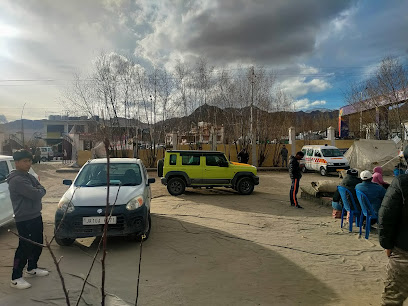
Leh City Market , Ladakh
0.9 km
Experience the essence of Ladakh at Leh City Market, where local crafts, flavors, and culture come alive in a vibrant setting.
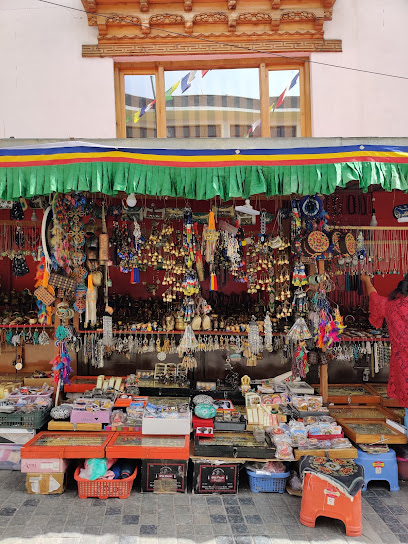
Wildhimalaya tours&travel
1.0 km
Discover the breathtaking landscapes and rich culture of Ladakh with Wildhimalaya Tours & Travel, your gateway to unforgettable adventures.
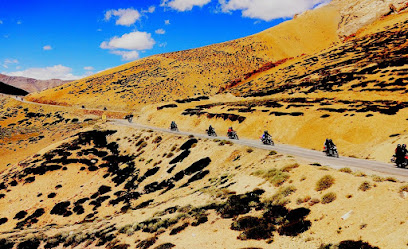
Eco Park
1.0 km
Explore the tranquil Eco Park in Leh, Ladakh, a serene escape amidst the stunning Himalayan landscapes, perfect for nature lovers and adventurers.
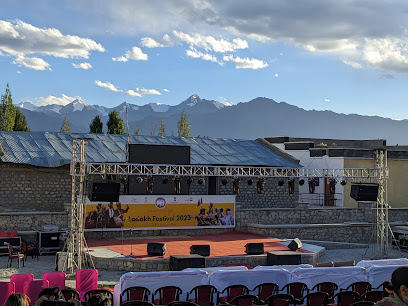
Essential places to dine
Khambir Restaurant
0.1 km
Experience authentic Ladakhi cuisine at Khambir Restaurant in Leh – where every dish tells a story.
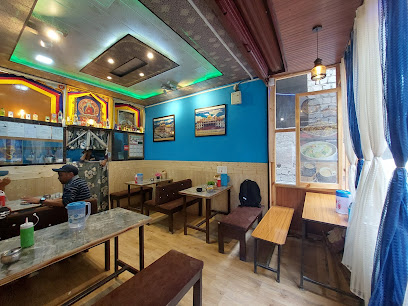
The Grand Wazwan Restaurant- Top 10 restaurants in leh | Best Restaurants in leh
0.3 km
Experience the authentic taste of Kashmiri cuisine at The Grand Wazwan Restaurant in Leh - a culinary journey through tradition and flavor.
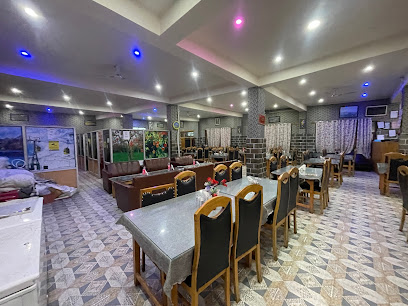
The Urban Garden Restaurant Leh
0.6 km
Discover authentic Ladakhi cuisine at The Urban Garden Restaurant in Leh, where flavor meets stunning Himalayan views.

Salt And Pepper Family Restaurant-Indo European/Family Restaurant
0.8 km
Discover the delightful fusion of Indo-European flavors at Salt And Pepper Family Restaurant in Leh – perfect for families and food lovers alike.

HAPPY LEH
0.9 km
Experience authentic Ladakhi cuisine blended with international flavors at Happy Leh, your culinary haven in the heart of Ladakh.

New Wazwan Planet-Top Restaurants In Leh Ladakh|Best Restaurants in Leh Ladakh
0.9 km
Discover authentic Kashmiri cuisine at New Wazwan Planet in Leh Ladakh - a culinary journey through traditional flavors.
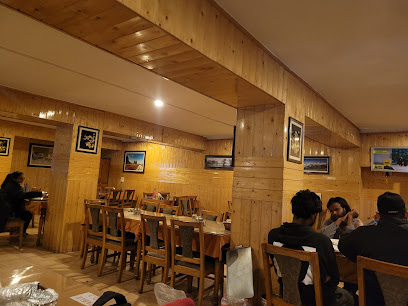
Khanaval by Rover's Den
1.0 km
Discover authentic Maharashtrian cuisine at Khanaval by Rover's Den in Leh - where tradition meets taste.

Apricot Bowl, Restaurant and rooftop cafe
1.0 km
Experience exquisite dining at Apricot Bowl – where local flavors meet breathtaking Himalayan views in Leh.
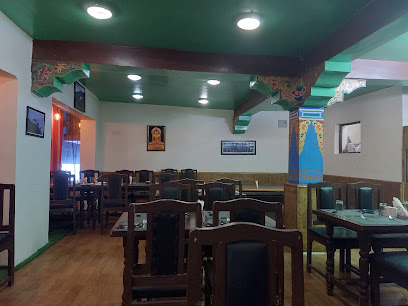
KANG-LA-CHEN
1.0 km
Experience authentic Ladakhi flavors at Kang-La-Chen, where tradition meets taste in the heart of Leh's vibrant Main Bazaar.

Dontang Restaurant
1.0 km
Experience the vibrant flavors of Tibet, Thailand, and beyond at Dontang Restaurant in Leh - a culinary oasis amidst stunning landscapes.
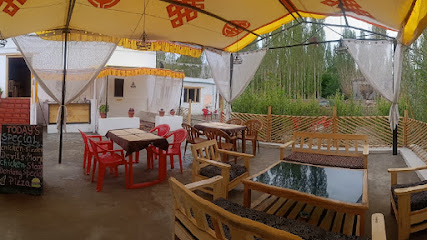
LEHVENDA RESTAURANT & CAFE
1.0 km
Discover authentic Ladakhi flavors at Lehvenda Restaurant & Cafe in Leh's Skara Main Market - where culinary tradition meets warm hospitality.
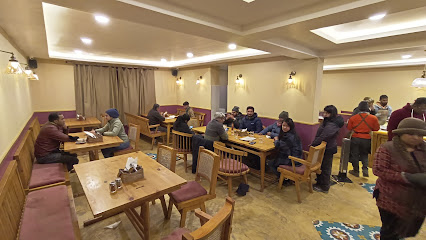
Nathu's( Pure Vegetarian Restaurant)
1.0 km
Experience the best of Indian vegetarian cuisine at Nathu's in Leh - where flavors meet tradition amidst breathtaking landscapes.

Summer Harvest
1.1 km
Experience authentic Tibetan cuisine fused with fast food delights at Summer Harvest in Leh - a culinary gem amidst breathtaking landscapes.

The Black-Necked Crane Restaurant
1.1 km
Savor authentic Indian, Tibetan, and Chinese cuisine at The Black-Necked Crane Restaurant in Leh - a culinary gem amidst breathtaking Himalayan beauty.
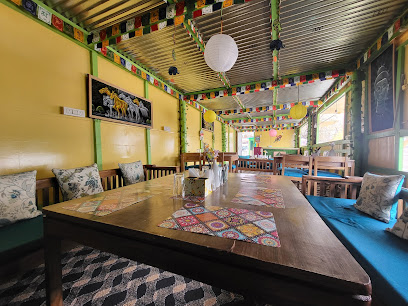
Penguin garden restaurant
1.1 km
Discover the flavors of Leh at Penguin Garden Restaurant - a perfect breakfast haven with stunning views and warm hospitality.
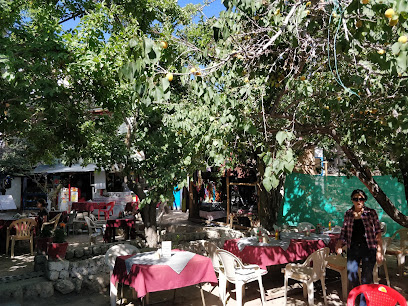
Markets, malls and hidden boutiques
Unique Ladakh
0.3 km
Explore Unique Ladakh, the ultimate gift shop in Leh for authentic souvenirs and handcrafted treasures that celebrate the spirit of this stunning region.
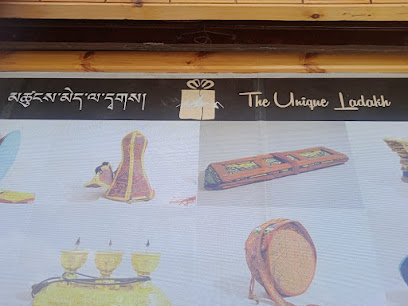
NAZIR WOOD POINT
0.5 km
Experience the breathtaking beauty and tranquility of Nazir Wood Point, a hidden gem in Ladakh that invites you to reconnect with nature.

Greetings & Gift Ladakh
0.6 km
Explore the essence of Ladakh through unique handicrafts and souvenirs at Greetings & Gift Ladakh, where culture meets craftsmanship.
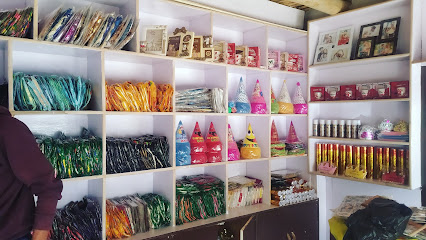
D interiors Ladakh
0.6 km
Explore unique home decor at D Interiors Ladakh, where traditional craftsmanship meets modern elegance in every exquisite piece.

Goods Wholeseller
0.6 km
Explore Goods Wholeseller in Leh for a delightful selection of baby products amidst the stunning backdrop of Ladakh's rich cultural heritage.

Ahad emporium
0.6 km
Shop unique handicrafts and authentic souvenirs at Ahad Emporium, a vibrant store in the heart of Leh, Ladakh.
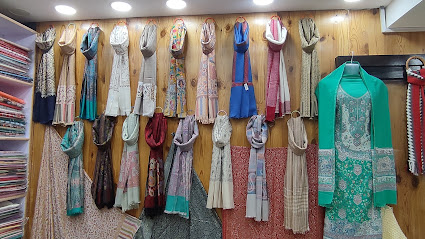
Baba cloth house
0.6 km
Discover unique second-hand fashion in Leh at Baba Cloth House, where every piece tells a story amidst breathtaking Ladakhi culture.
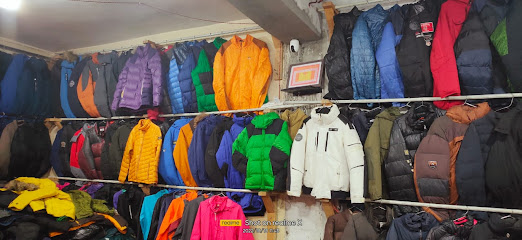
Ladakh Herbs
0.6 km
Explore the natural bounty of Ladakh at Ladakh Herbs, your go-to organic shop for health, wellness, and local flavors.

Pashmina of ladakh
0.6 km
Explore the luxury of authentic pashmina shawls and experience the rich textile heritage of Ladakh at Pashmina of Ladakh.
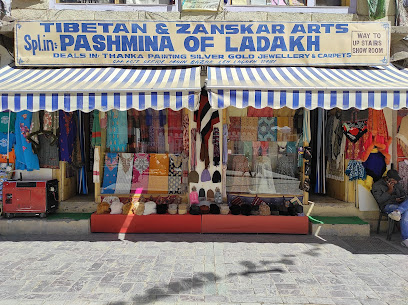
Ladakh Thangka Centre
0.7 km
Explore the enchanting Ladakh Thangka Centre, a treasure trove of traditional Tibetan art and culture in the heart of Leh.
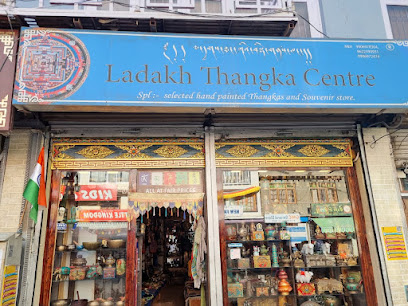
Taru Namgail Complex, petrol Pump Leh
0.7 km
Explore the artistic heritage of Ladakh at Taru Namgail Complex, where unique furniture reflects local craftsmanship and culture.

Moti Market Leh
0.7 km
Explore Moti Market in Leh - A vibrant cultural hub offering unique handicrafts, local delicacies, and a taste of Ladakh's rich heritage.
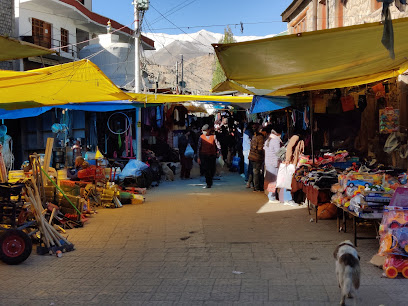
Rigzin Gift shop
0.7 km
Explore Rigzin Gift Shop in Leh for authentic Ladakhi handicrafts and unique home goods that capture the spirit of the Himalayas.

Decathlon leh
0.8 km
Discover outdoor adventure essentials at Decathlon Leh, the ultimate destination for sportswear and gear in the heart of Ladakh.

Druk collections
0.8 km
Explore Druk Collections in Leh, Ladakh, where traditional craftsmanship meets modern style in a vibrant clothing store.
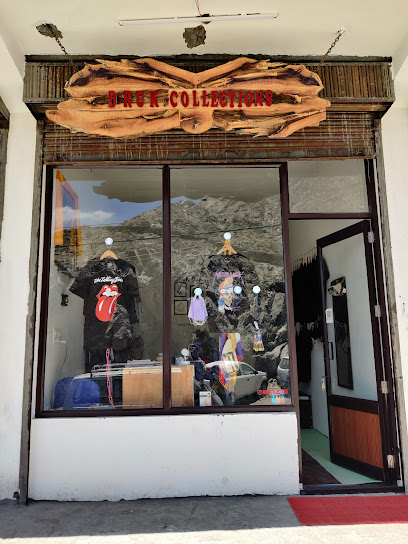
Essential bars & hidden hideouts
Rewa Bar and Restaurant
0.4 km
Experience the vibrant atmosphere and unique flavors at Rewa Bar and Restaurant in Leh, the perfect spot for relaxation and culinary delights.

Mount View Bar and Restaurant
0.4 km
Experience the breathtaking views and delightful flavors at Mount View Bar and Restaurant in Leh, a must-visit for every traveler.

Warila Bar and Restaurant
0.7 km
Discover the lively ambiance of Warila Bar and Restaurant in Leh, Ladakh - a perfect blend of local flavor and vibrant nightlife.

Cheday Bar and restaurant, Moti market
0.8 km
Experience the vibrant flavors of Ladakh at Cheday Bar and Restaurant in Moti Market, your go-to destination for local and international cuisine.
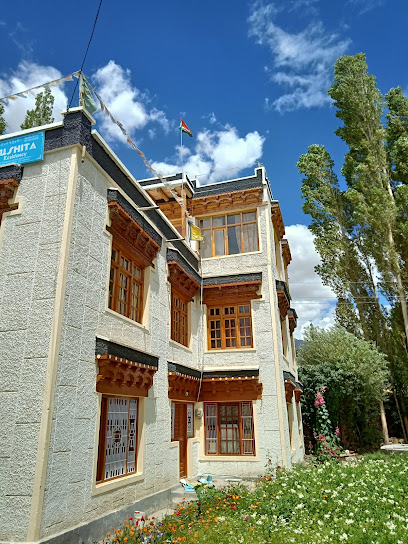
Ibex Restaurant
1.1 km
Experience the rich flavors of Ladakh at Ibex Restaurant, where local traditions meet contemporary cuisine in a vibrant setting.

Cave Eve
1.1 km
Experience authentic Ladakhi flavors at Cave Eve, the perfect restaurant to recharge after exploring the stunning beauty of Leh.
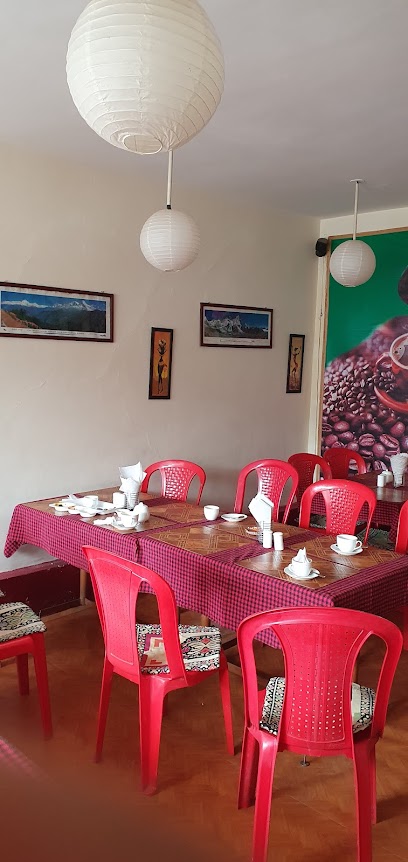
THE GREEN LOTUS CAFE & RESTAURANT (LEH LADAKH)
1.1 km
Discover the vibrant flavors of Ladakh at The Green Lotus Cafe & Restaurant, where every meal is a celebration of local culture and culinary artistry.
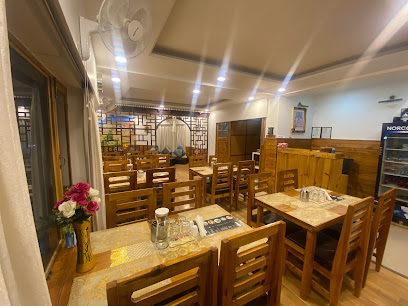
Jah roots bar
1.2 km
Discover the vibrant spirit of Leh at Jah Roots Bar, where local flavors meet a welcoming atmosphere for an unforgettable experience.
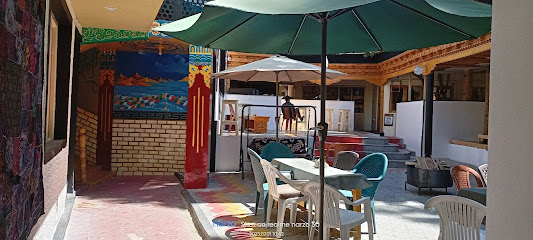
Jah roots
1.2 km
Discover the vibrant atmosphere and delectable cuisine at Jah Roots, Leh's premier bar and restaurant nestled amidst breathtaking Himalayan scenery.
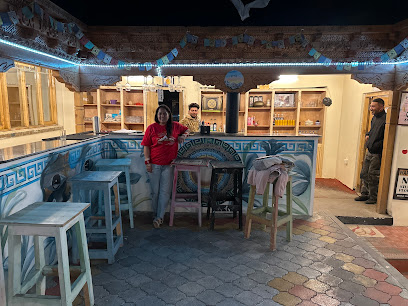
Lehchen Bar
1.2 km
Experience the lively ambiance and local charm of Lehchen Bar in Leh, Ladakh, where adventure meets relaxation in a stunning setting.

Olthang Bar and Restaurant
1.4 km
Experience the vibrant nightlife and local flavors at Olthang Bar and Restaurant in Leh, where great food meets a lively atmosphere.

Sindh Bar
1.5 km
Sindh Bar: A Culinary Gem in Skalzaling Offering Grilled Delicacies Against the Stunning Backdrop of Jammu and Kashmir.

Tsas by Dolkhar
1.6 km
Discover the essence of Ladakhi cuisine and contemporary flavors at Tsas by Dolkhar, an inviting bar and restaurant in the heart of Leh.
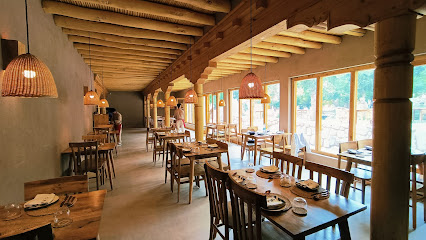
Bonfire Leh
1.6 km
Explore the culinary delights of Bonfire Leh, where Indian, Chinese, and BBQ flavors unite in a cozy atmosphere amid Ladakh's stunning landscapes.
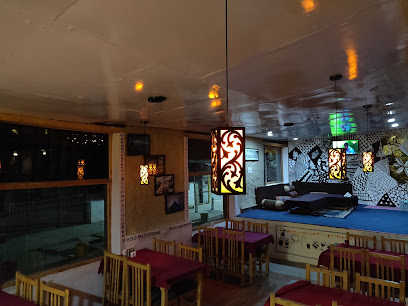
Downtown Cafe & Bar
1.8 km
Discover the perfect blend of café culture and bar vibes at Downtown Cafe & Bar, a popular stop for travelers in Leh, Ladakh.
